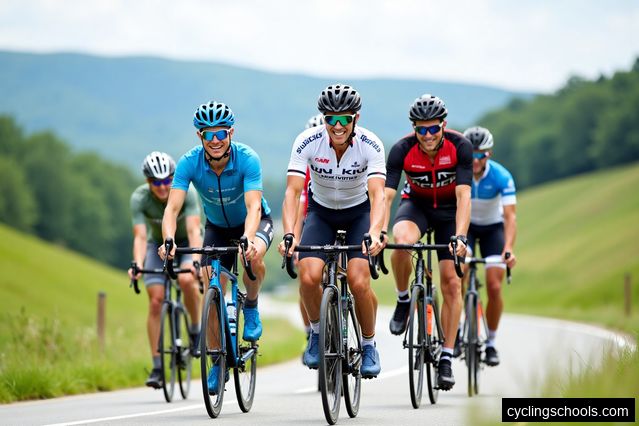Setting Goals and Creating a Training Plan
Before embarking on your century ride journey, it's crucial to set clear goals and create a structured training plan. Start by determining your current fitness level and assessing your strengths and weaknesses. This evaluation will help you establish realistic goals for the ride.
Building Endurance
To successfully complete a century ride, you need to focus on building your endurance gradually. Start with shorter rides and gradually increase the distance each week. Incorporate longer rides into your training schedule to acclimate your body to spending extended periods on the bike. Consider incorporating interval training and hill repeats to improve your cardiovascular fitness and leg strength.
Improving Bike Handling Skills
Besides endurance, it's important to enhance your bike handling skills to ensure a safe and enjoyable century ride. Practicing cornering, braking, and maneuvering through obstacles will boost your confidence and control on the bike. Seek out local cycling groups or coaches who offer skills clinics to refine your techniques and learn advanced maneuvers.
Descending Techniques
Descending is a critical skill to master, especially if your century ride includes challenging downhill sections. Learn proper body positioning, weight distribution, and braking techniques to navigate descents with confidence. Start with smaller descents and gradually progress to steeper and faster ones to develop your skills progressively.
Nutrition and Hydration
Fueling your body properly during a century ride is vital to maintain energy levels and prevent fatigue. Practice your nutrition and hydration strategy during training to find what works best for you. Experiment with different types of energy bars, gels, and electrolyte drinks to ensure you have the necessary fuel and hydration on the ride. Remember to consume small amounts of food and water regularly throughout your training rides and the actual event.
Recovery and Rest
Training for a century ride will push your body to its limits, so adequate recovery and rest are essential. Allow for rest days in your training plan to prevent overtraining and reduce the risk of injury. Prioritize sleep and incorporate post-ride recovery routines, such as stretching and foam rolling, to promote muscle repair and reduce soreness.








